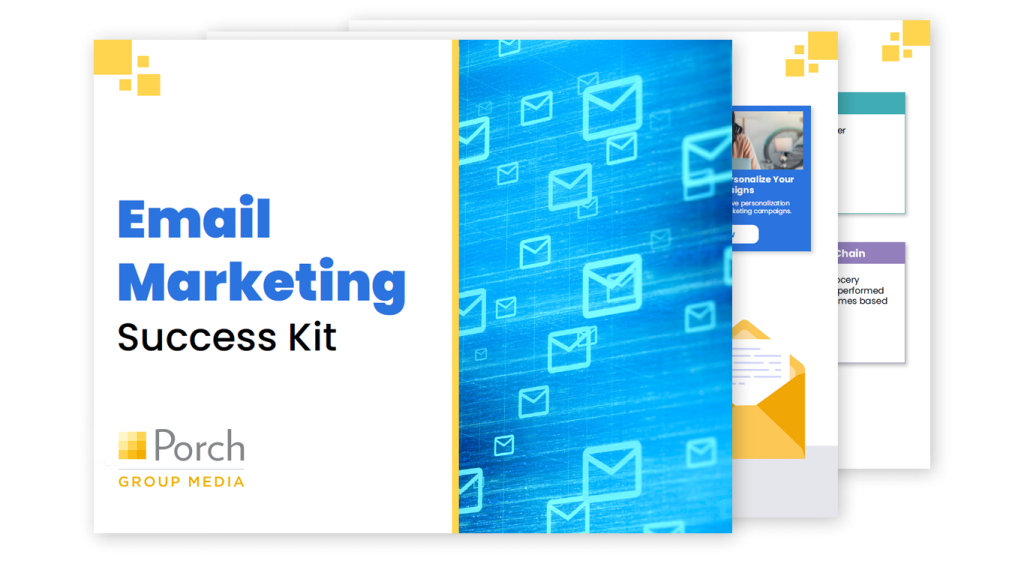Email remains a go-to channel for consumers. More than 205 billion emails are sent daily and this figure is expected to reach 246 billion daily emails by 2019. Brands are getting more sophisticated in their use of email marketing. In Adestra’s 2017 email marketing report, in association with Econsultancy, key themes marketers are focusing on include mobile optimization, marketing automation, measuring ROI, and using better data applications to personalize the customer journey.
Key email marketing trends and finding from the report include:
- The proportion of marketers who say they have been ‘very’ or ‘quite’ successful in implementing automated email marketing programs has increased from 62% in 2016 to 67% this year.
- Asked to select the three most important features of an email service provider’s technology platform, two-thirds (66%) selected marketing automation capability. This has now overtaken user-friendly interface (60%) as the single most important attribute of an ESP, underscoring the importance that marketers are now attaching to automation.
- The proportion of respondents who rate email and SEO as ‘good’ or ‘excellent’ is very similar (at 73% and 72% respectively), but marketers are 23% more likely to say that email is excellent (27%, versus 22% for SEO).
- There is a major question mark around marketers’ ability to measure ROI properly, something which may be preventing companies from accurately assessing the channel’s impact. Most marketers are using metrics such as click-through rate (91%), open rate (80%) and conversion rate (62%) to track the performance of their email marketing activities, but that still leaves a large number of businesses who aren’t even tracking the success of email at a basic level. Other important metrics, such as bounce rate (41%), delivery rate (37%) and list growth rate (20%) are only being used by a minority of companies.
- Nine in ten (90%) company respondents report that they have some form of strategy for optimizing email marketing for different devices, up from 86% in 2016, but the proportion of marketers that describe their approach as ‘quite’ or ‘very’ advanced has only moved up one percentage point from 2016, to just 22%.
- Personalization (30%) is the area of email marketing where most respondents say they need to focus on during 2017, ahead of automated campaigns (28%), which was the number one priority area last year.
- Those who carry out basic segmentation are more than twice as likely to report ‘excellent’ ROI from email marketing as those who say they don’t do this and, in turn, those who practice advanced segmentation are twice as likely to report excellent ROI as those who don’t do it.
Email Marketing Best Practices
Sending personalized and relevant messaging tops the list of email best practices. Currently 80% of marketers are already doing this, following by optimizing email for mobile (73%), and regular list cleaning (57%).

Email Metrics for Success
The majority of marketers are using clickthrough rate (91%), open rate (80%) and conversion rate (62%) to track the performance of their email marketing activities.

More than a quarter (27%) of client-side respondents rate email marketing as ‘excellent’ for return on investment, and a further 46% say that it is ‘good’.

As with any marketing channel, email is continually evolving and marketers must keep up to meet changing consumer preferences and expectations.
Personalization & Segmentation
Moving forward, expect personalization and segmentation strategies and techniques to get much more sophisticated. Beyond basic profile-based segmentation, brands must also consider additional behavioral segmentation elements such as time of day specific segments open emails or what types of emails they open. Marketers are also ramping up personalization techniques to include additional demographic, firmographic, behavioral and psychographic data.
Mobile Optimization
A Litmus study states that 56% of email users prefer opening their emails on mobile devices. And 42% of them delete an email if it doesn’t display correctly, according to BlueHornet study. There is simply no option for marketers other than to think mobile first.
Social Sharing & Email
According to Nonprofit Hub, emails that have social sharing buttons increase click-through-rates by 150%.
Email continues to reign in importance in the marketing mix. Marketers must implement strategies to stand out in the inbox to boost ROI and set themselves apart from the competition.






